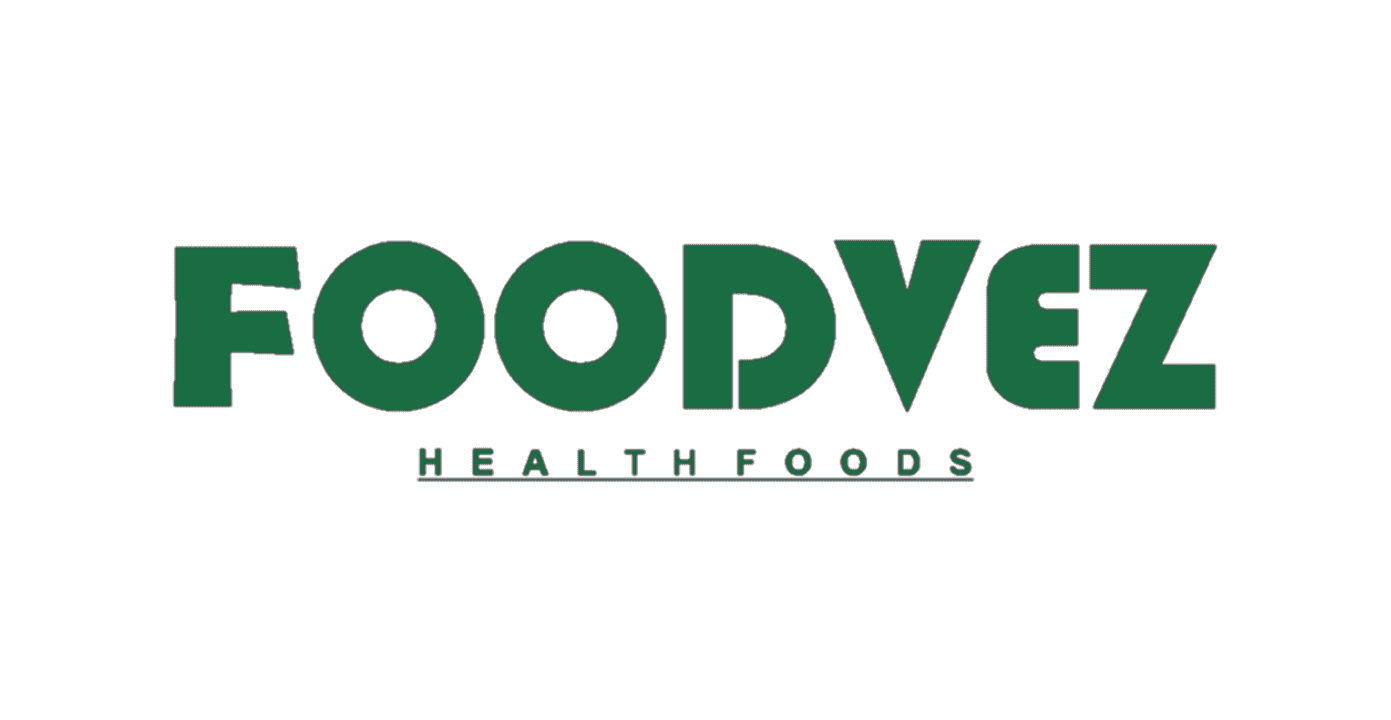Low Carb diets appear in the trend these days. But, are you aware of a healthy level of your low carbs? This article gives an answer.
Source: Dreamstime
WHAT ARE CARBS? HOW MUCH SHOULD YOU CONSUME?
Carbohydrates are one of three macro-nutrients that your body requires on a daily basis, along with proteins and fats. These are biological compounds and have certain ratios of carbon, hydrogen, and oxygen atoms.
At their most basic, building blocks of sugars make up carbohydrates. The number of sugar units grouped in each molecule classify them. Glucose, fructose and galactose are examples of single-unit sugars. Sucrose and lactose are widely known double-unit sugars.
The Dietary Guideline for Americans suggest that most adults get 45 to 65 percent of their calories from carbohydrates. Since carbohydrates contain four calories per gram, one should consume 225 to 325 grams of carbohydrates on a daily basis on a 2000-calorie diet.
According to the health departments, one should consume at the very least the recommended dietary allowance (RDA) of carbohydrates which is 130 grams for adults, 175 grams for women who are pregnant and 210 grams for women who are breastfeeding. Furthermore, women should consume 25 grams of fiber daily , while men should consume 38 grams of fiber daily.
WHY DOES YOUR BODY NEED CARBS?
- ENERGY SOURCE – The primary role of carbohydrates is to supply energy to all cells in the body. Many cells prefer glucose as a source of energy versus other compounds like fatty acids. Some cells, such as red blood cells, are only able to produce cellular energy from glucose.Cells that require energy remove the glucose from the blood with a transport protein in their membranes. The energy from glucose comes from the chemical bonds between the carbon atoms. Cells in our bodies break these bonds and capture the energy.
- ENERGY RESERVE – When the body already has enough energy to support its functions, it stores extra glucose as Glycogen. Our muscles and liver hold the majority of this reserve. There are an excess of fifty thousand single glucose units in a a molecule of glycogen. These are highly branched. This allows for the rapid flow of glucose when it is needed to make cellular energy.
- MACRO-MOLECULES – Body absorbs most of the glucose as energy. But it converts some of it into ribose and deoxyribose. These are the building blocks of important macro-molecules of our body. These include RNA, DNA & ATP.
- GUT HEALTH – Body cannot break complex carbs like Fiber. But it still plays a role in promoting gut health. It does this by increasing the physical bulk in the bowel, and thereby stimulating the intestinal transit.
- LIPID METABOLISM – Lipid is an important component of cell. As blood-glucose levels rise, the use of lipids as an energy source is inhibited. Thus, glucose additionally has a “fat-sparing” effect. This is because an increase in blood glucose stimulates release of the hormone insulin, which tells cells to use glucose (instead of lipids) to make energy.
WHAT IS A LOW CARB DIET?
A low-carb diet is a diet that restricts carbohydrates. These are found in sugary foods, pasta and bread. It is high in protein, fat and healthy vegetables. This can range from 25g to 150g of carbohydrates daily :
- 100g to 150g is considered a moderate carb diet.
- 50g to 100g is a low carb diet.
- 20g to 50g falls into a ‘low’ low carb diet. This stage leads to an effect upon metabolism.
WHAT HAPPENS WHEN YOU GO ON A LOW CARB DIET?
Body breaks carbohydrates into glucose i.e., the single unit sugars. It does this to generate energy to perform bodily functions. This is also quick, steady and instant source of energy without extra supplement. Additionally, it not only produces energy but also reserves it. It stores energy in muscles and liver and uses it when essential.
When one goes on a low carbs diet, the body finds alternate ways to generate energy –
Every cell of the body produces the energy currency of the body i.e.,ATP. Factually, triglyceride molecules stored in fatty tissue are the body’s main source of stored energy. This is contrary to the main notion that glycogen is the main source in the body.
When body goes on a low carb diet, the brain uses its main fuel source from glucose to ketone bodies, also known simply as ketones. Ketones are chemicals generated when fatty acids are broken down. When carbs are not available to provide your body with the energy it requires, it produces them.When the body produces large amounts of ketones for energy, it enters ketosis.This condition is not always dangerous and is distinct from ketoacidosis, a complication of uncontrolled diabetes.Thus, it can be said that it is a direct result of a ‘low’ low carbs diet.
Note : Despite the fact that ketones are the brain’s principal fuel source during times of hunger, it still requires roughly one-third of its energy from glucose obtained through muscle breakdown and other sources inside the body. To conclude, even though body finds an alternate to function under a low carbohydrate diet; one must not go beyond the recommended limit.


